The Abruzzo region contains medieval villages, Roman sites and natural parks. The mountain fortress Rocca Calascio stands at 1460 meters elevation. The Gran Sasso and Majella national parks offer hiking trails through mountain terrain. On the coast, Ortona has beaches on the Adriatic Sea. The region produces saffron in Navelli and pasta in Fara San Martino. The parks house wolves and bears, while historic towns like Sulmona display Roman and medieval structures.
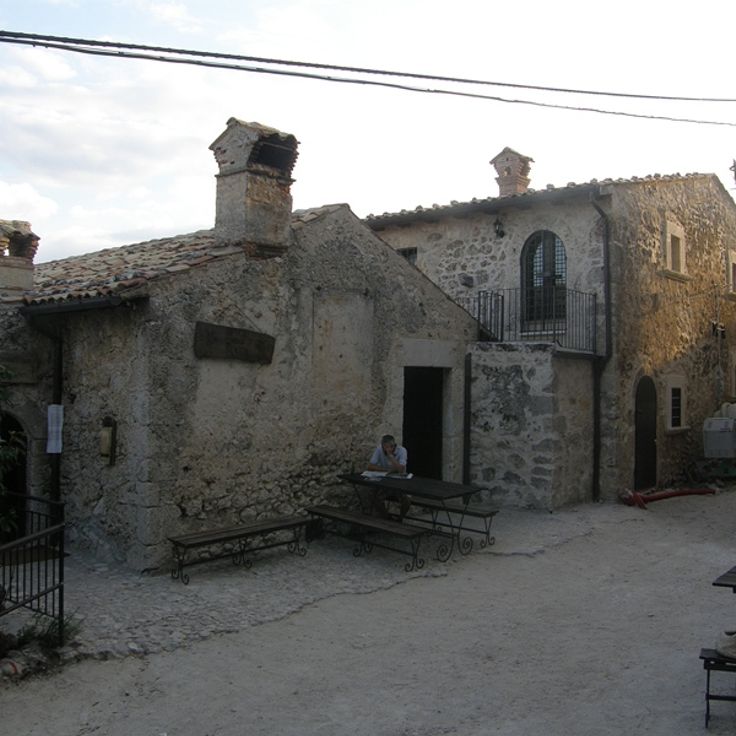
Calascio, Italy
The military complex stands at 1460 meters elevation in Gran Sasso National Park. Construction started in 900 as an observation post.
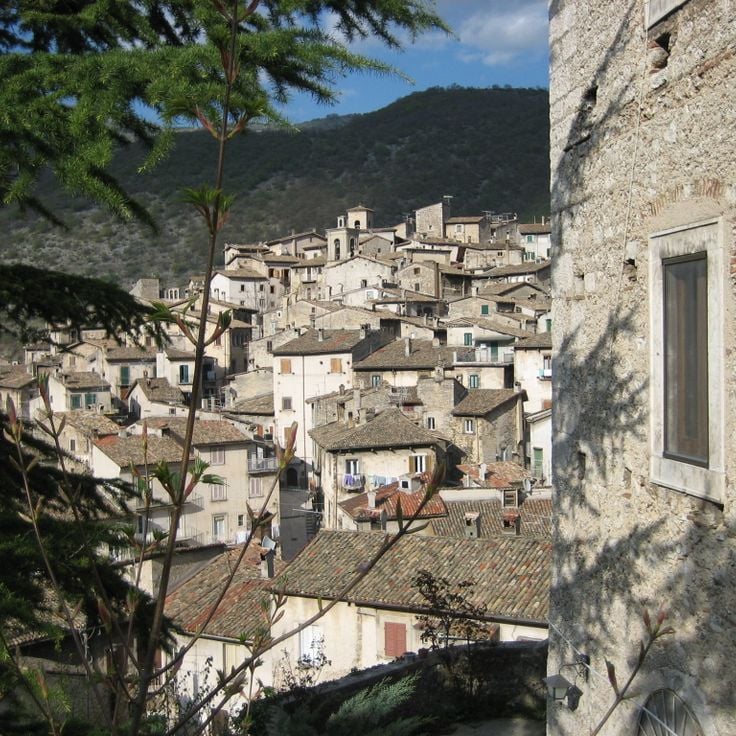
Scanno, Italy
The town sits at 1050 meters elevation in the Sangro Valley. Local workshops have produced filigree jewelry since the 15th century.
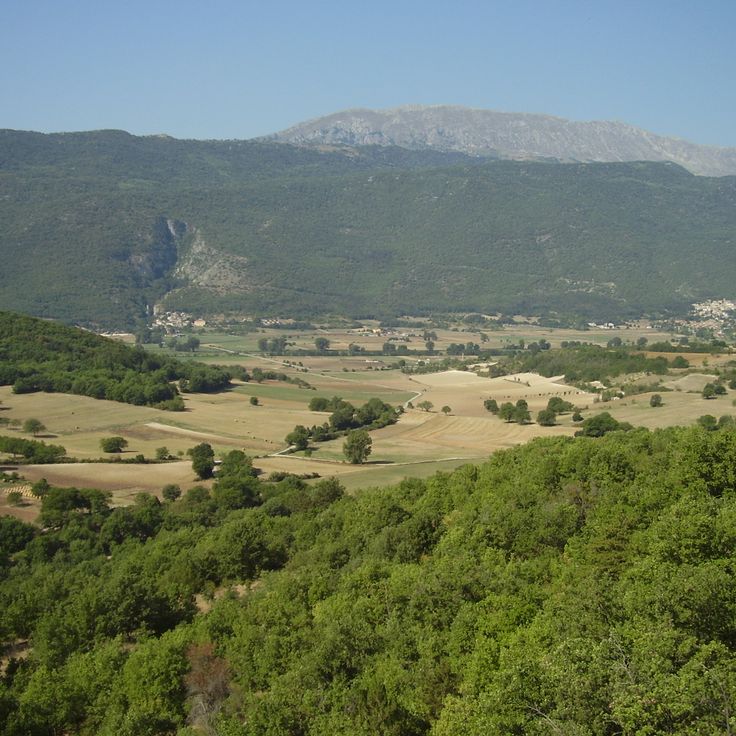
San Demetrio ne' Vestini, Italy
The karst cave system contains an underground river with three waterfalls. The passages extend 700 meters into the mountain.
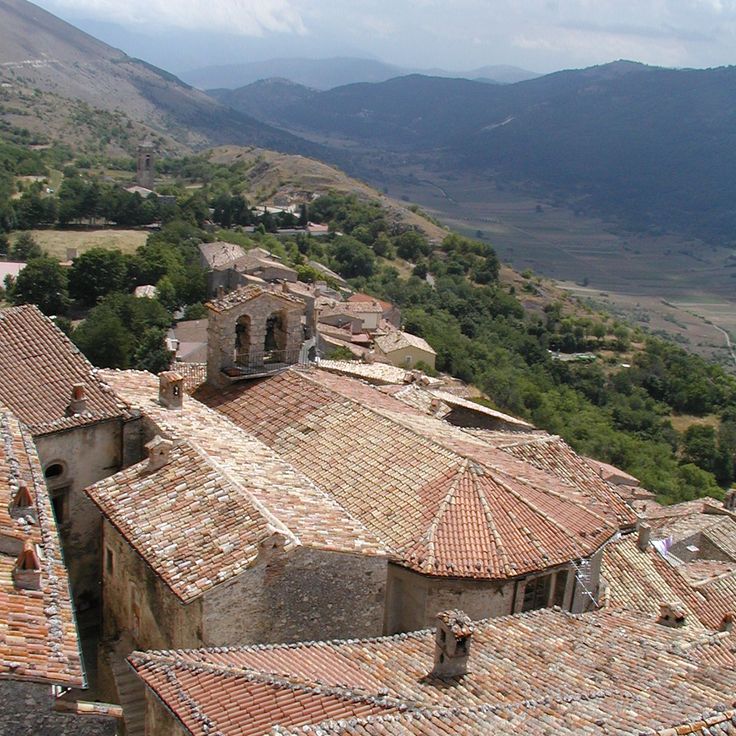
Santo Stefano di Sessanio, Italy
The 11th century settlement sits at 1250 meters elevation. The Medici built a cylindrical watchtower here in 1580.
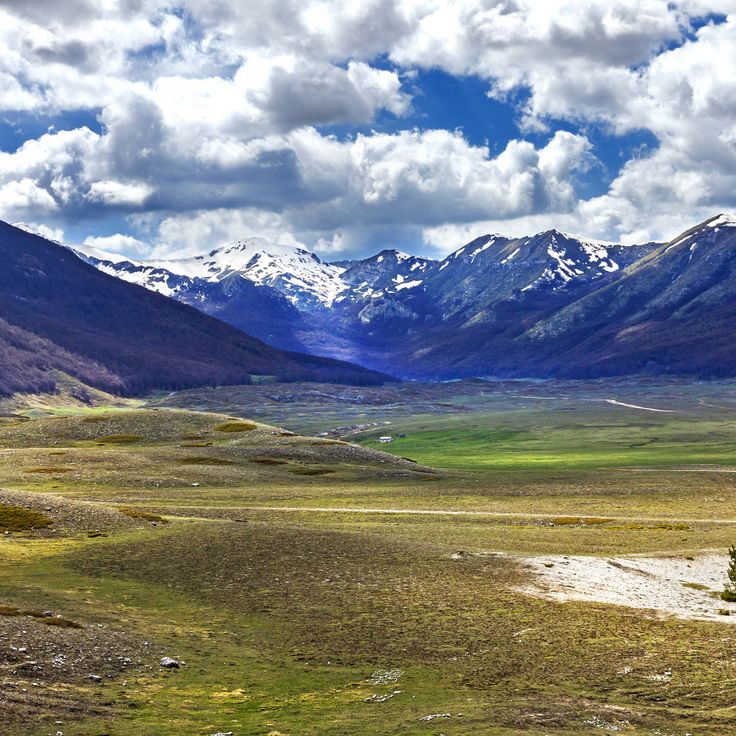
L'Aquila, Italy
A nature reserve covering 50,000 hectares that includes mountains, hiking trails and local flora and fauna.
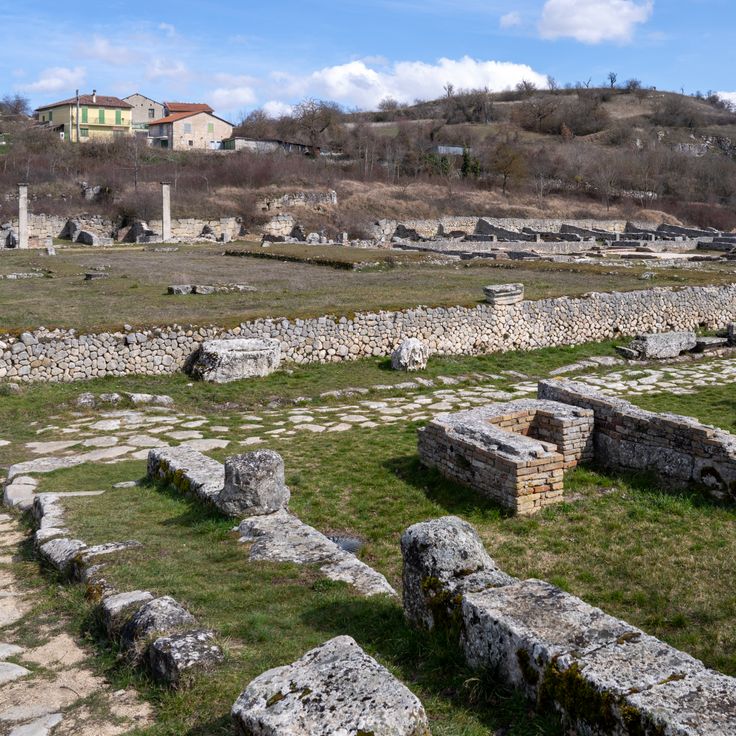
Massa d'Albe, Italy
A Roman archaeological site with structures from the 4th century BC, including an amphitheater, temples and a street network.
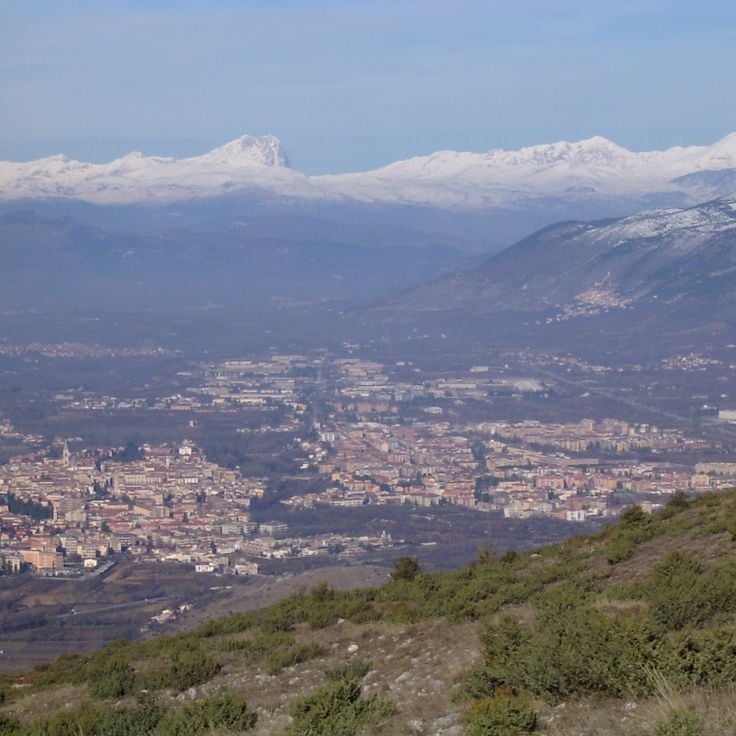
Sulmona, Italy
The city features medieval palaces, squares with fountains and a Roman aqueduct from the thirteenth century.
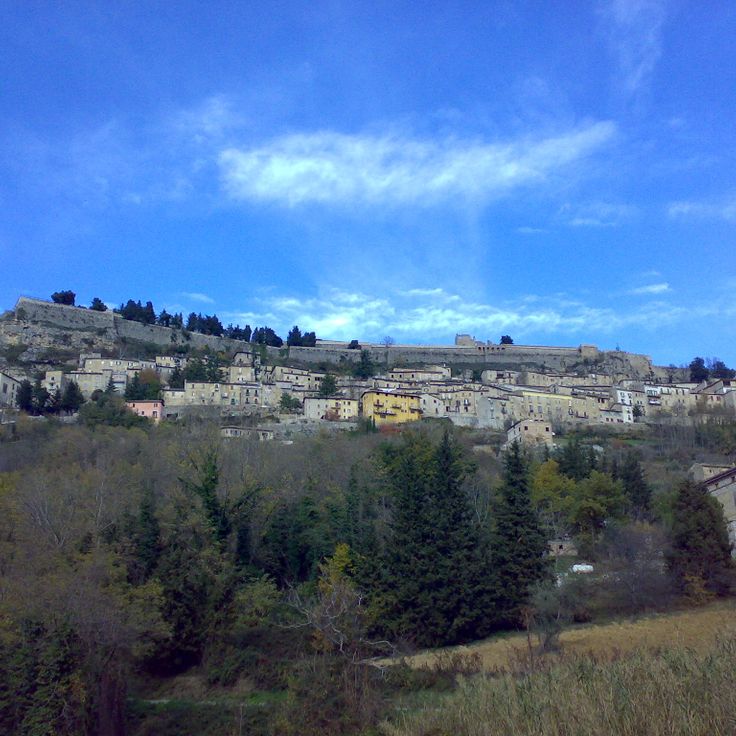
Civitella del Tronto, Italy
A fortress complex from the 16th century stretching 500 meters across a mountain ridge.

L'Aquila, Italy
The Basilica Santa Maria del Colle features medieval wooden carvings and stone portals. The town contains several Baroque palaces.
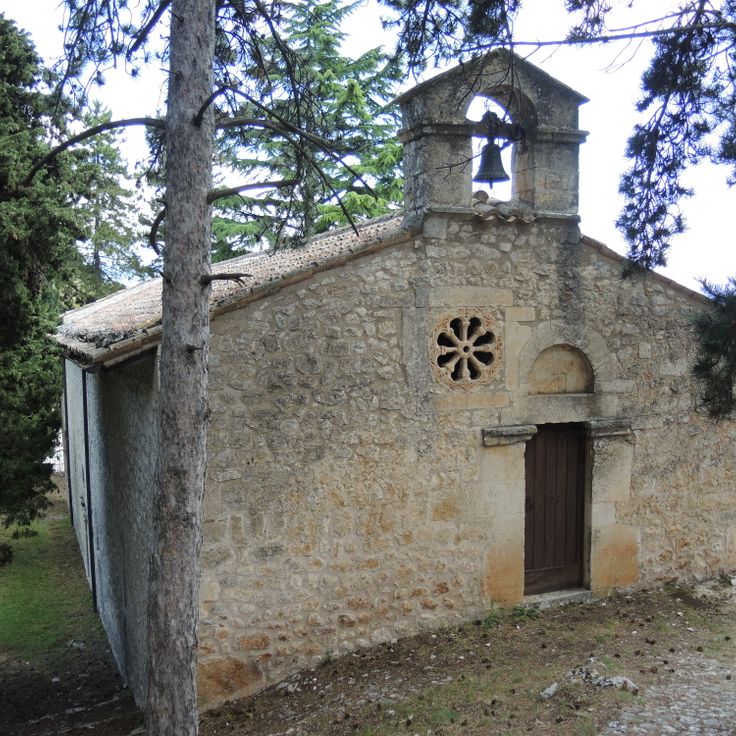
L'Aquila, Italy
The Romanesque church displays 13th century wall paintings with liturgical scenes and a calendar with medieval motifs.

Chieti, Italy
The San Tommaso Cathedral preserves the relics of Apostle Thomas. The city features a port and an Aragonese fortress.
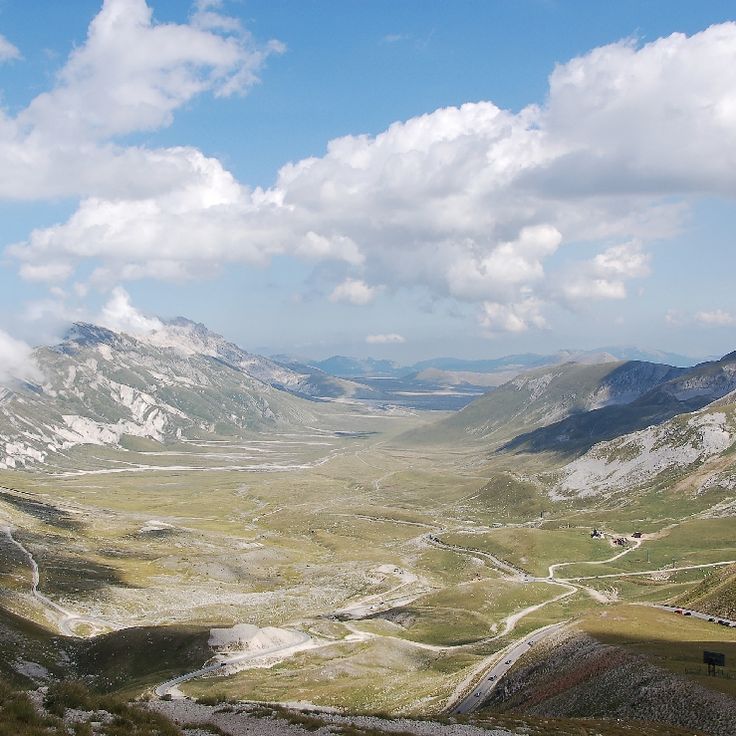
L'Aquila, Italy
A 2000-meter karst plateau in Gran Sasso National Park with extensive walking paths and winter sports facilities.
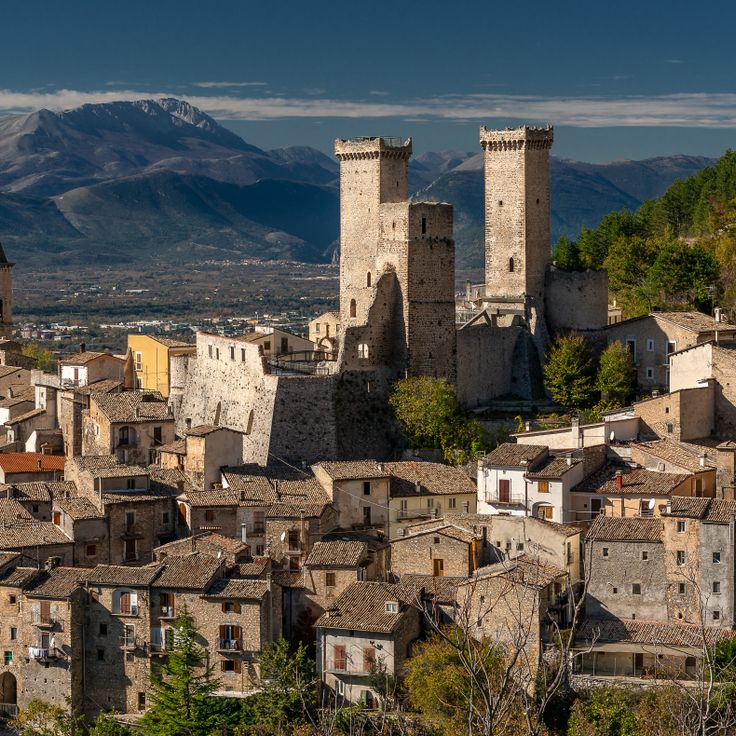
Pacentro, Italy
A mountain village with a 14th century castle, traditional stone houses and narrow medieval streets.

Chieti, Italy
A 740 square kilometer nature reserve with limestone peaks, Mediterranean forests and a population of wolves and bears.
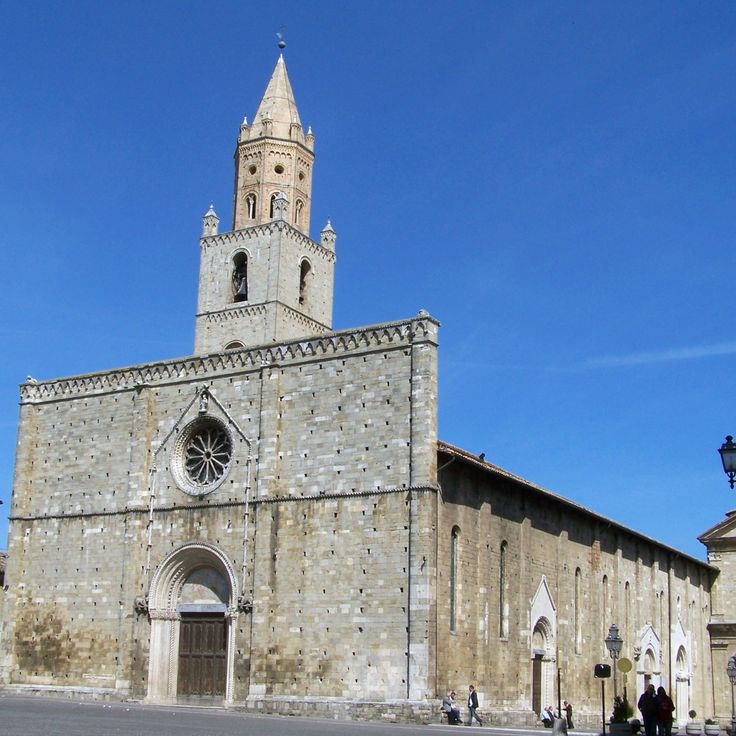
Atri, Italy
The cathedral contains frescoes from the 13th century and holds a crypt supported by stone columns decorated with murals by Andrea Delitio.
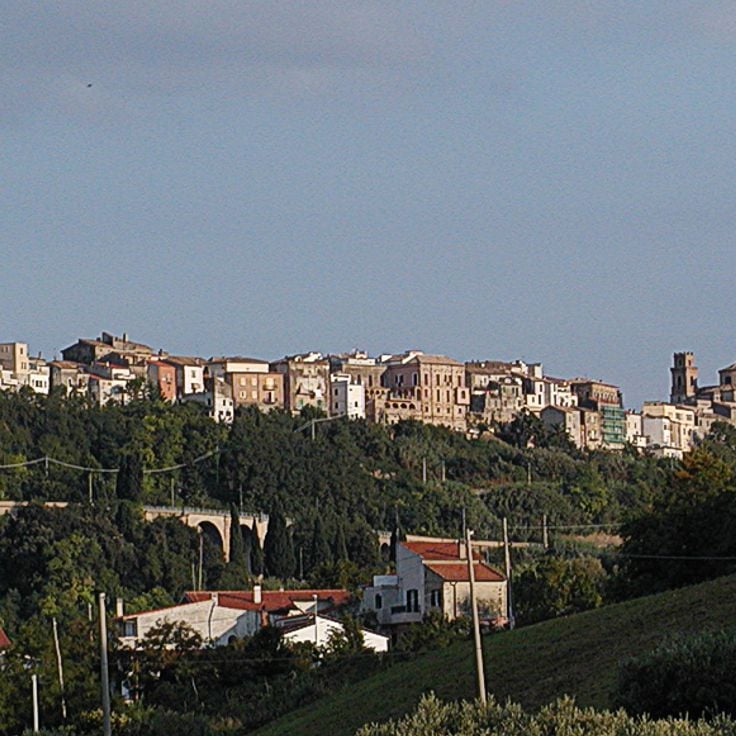
Chieti, Italy
A coastal town built on cliffs 150 meters above the Adriatic Sea, with a working fishing port and a beach below the rocks.
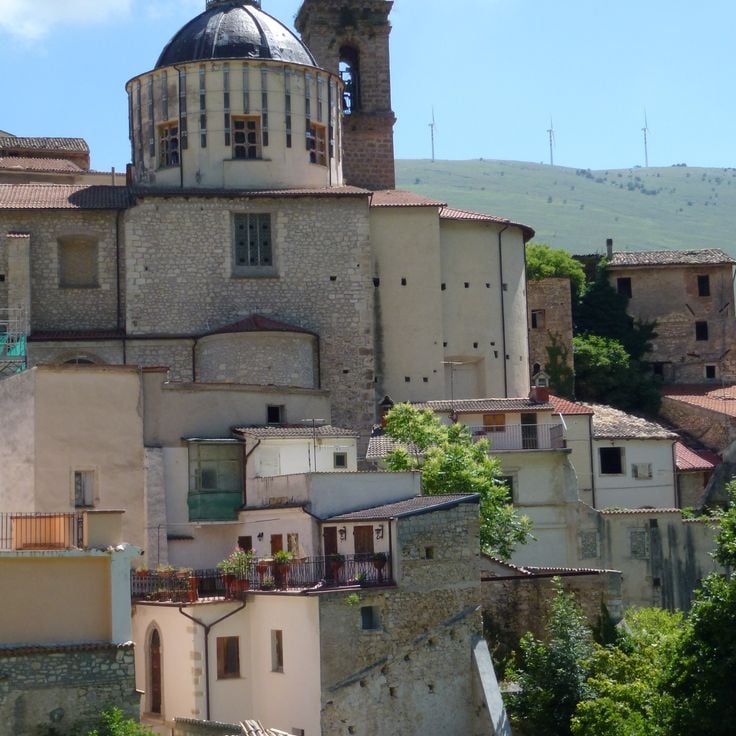
L'Aquila, Italy
A mountain village known for its May festival where local residents carry snakes in a procession to commemorate Saint Dominic.
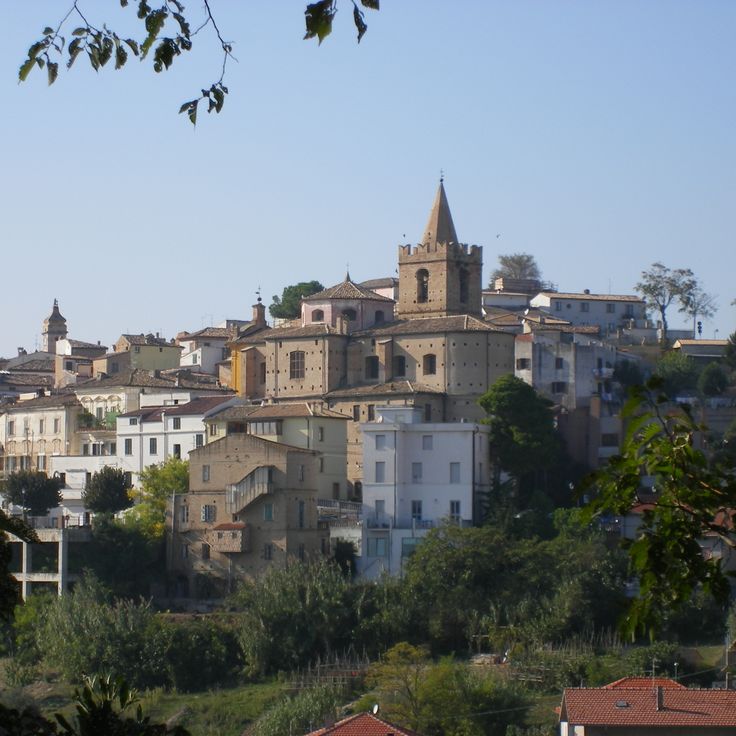
Pescara, Italy
A medieval town situated on a hill overlooking the Pescara Valley, containing stone buildings and churches from the Middle Ages.
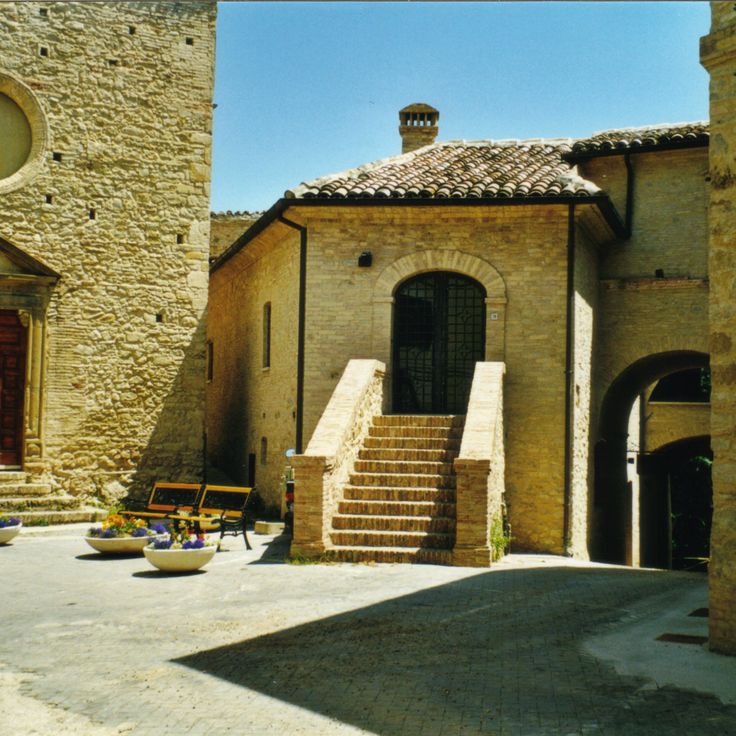
Chieti, Italy
The medieval complex contains collections of Roman objects and local wines. The site hosts a summer celebration with historical costumes.

Pescara, Italy
The springs provide mineral water for medical treatments. The facility offers two pools with different water temperatures.
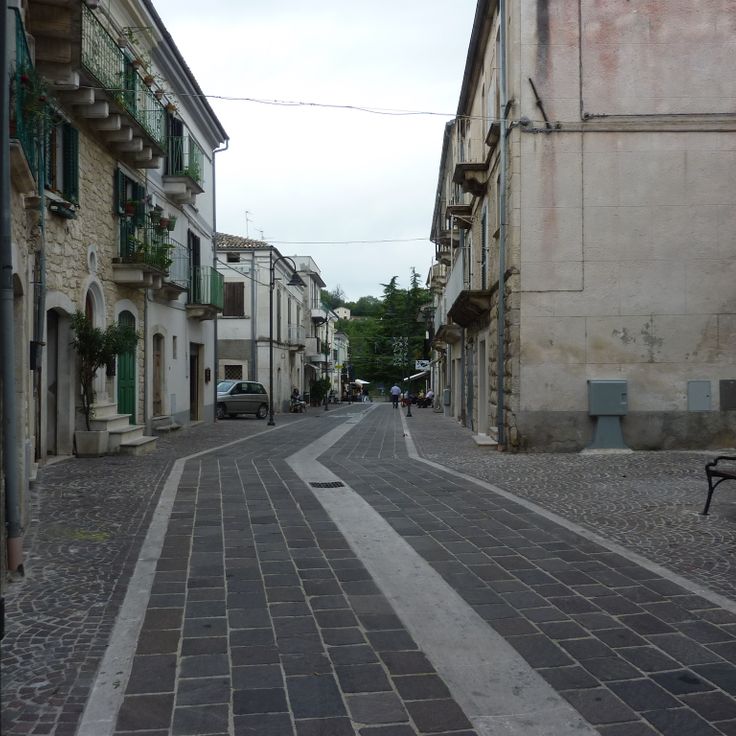
Roccamorice, Italy
The monastery sits within a rock wall in Majella National Park. The structure includes a chapel and several monk cells.

Chieti, Italy
The site stands at 850 meters elevation with views of Sinello Valley. The historical settlement features stone buildings.

L'Aquila, Italy
This medieval settlement sits in a mountain area. The 550 residents cultivate DOP certified saffron using traditional agricultural methods.
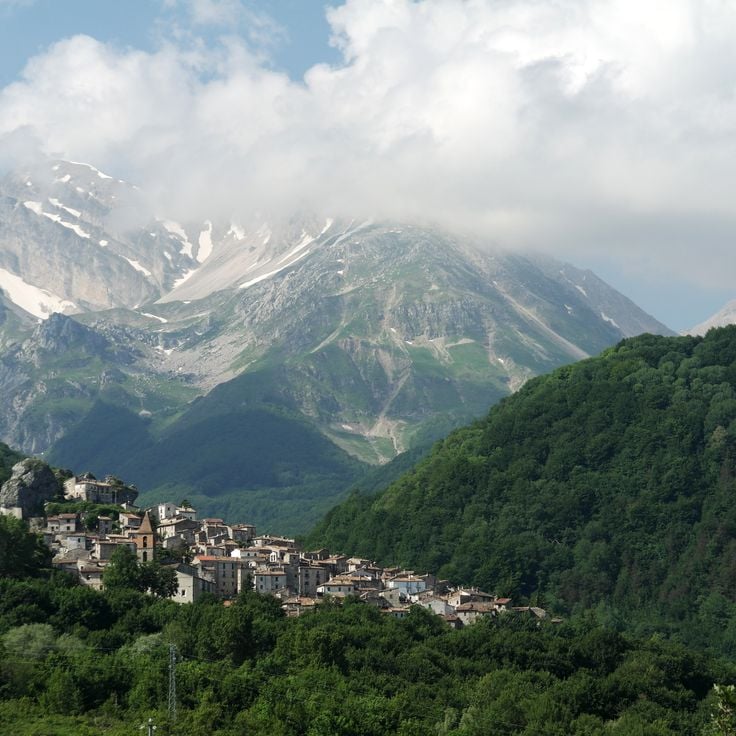
Teramo, Italy
The settlement stands at 1005 meters near Corno Piccolo. The stone buildings incorporate the natural mountain terrain into their construction.
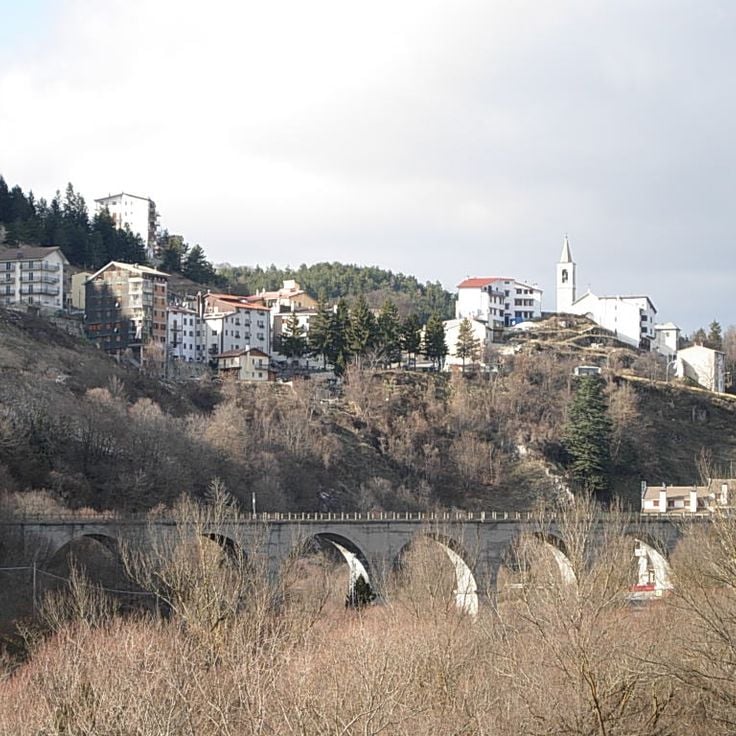
L'Aquila, Italy
The winter sports center at 1236 meters features 110 kilometers of marked slopes and 25 lifts for various skill levels.
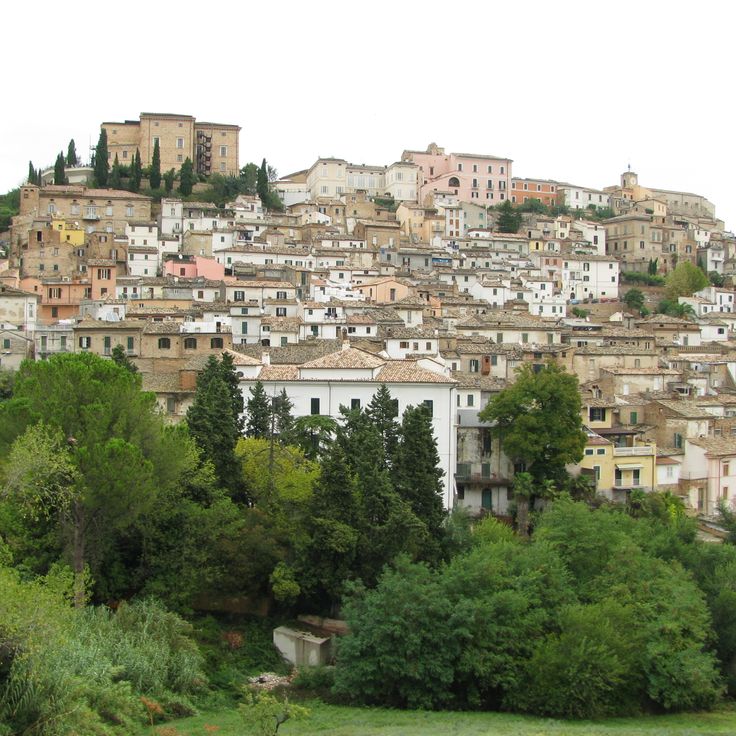
Pescara, Italy
The town sits on a hill and shows a medieval urban structure with narrow streets. It has a bell tower and produces olive oil.
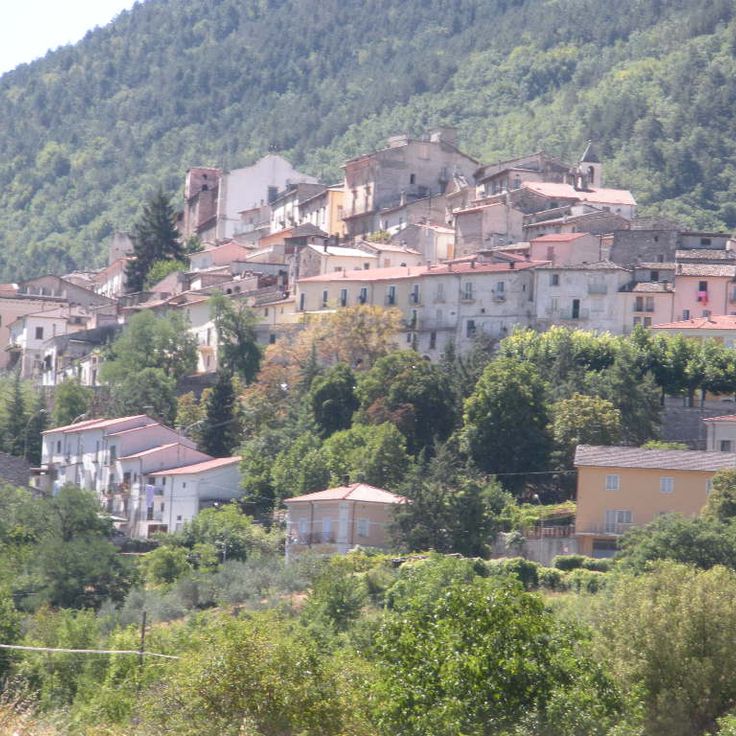
Sulmona, Italy
A medieval village in the Gizio Valley with a castle from the 14th century. It borders Abruzzo National Park.
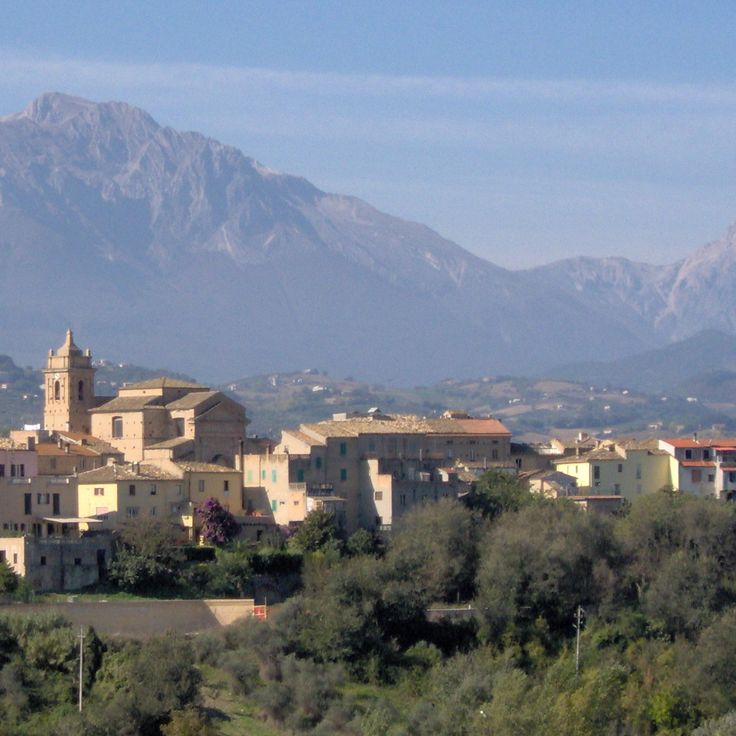
Pescara, Italy
The town museum shows a collection of tools and objects from the regional history of the last two centuries.
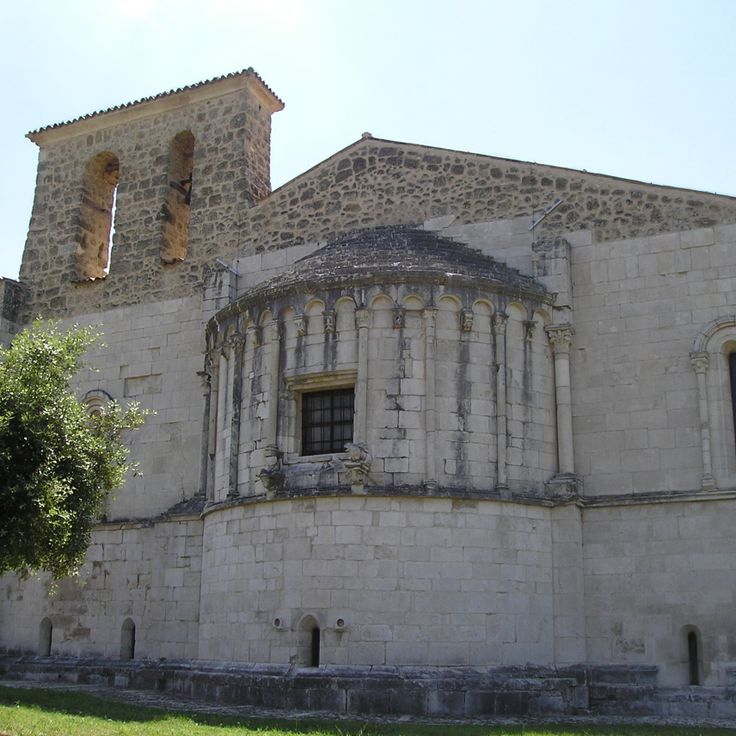
Pescara, Italy
A Benedictine abbey from the 12th century with a stone portal and frescoes inside the building.

Barrea, Italy
The village rises within the national park between a lake and mountains. Medieval stone buildings form the core of narrow streets.
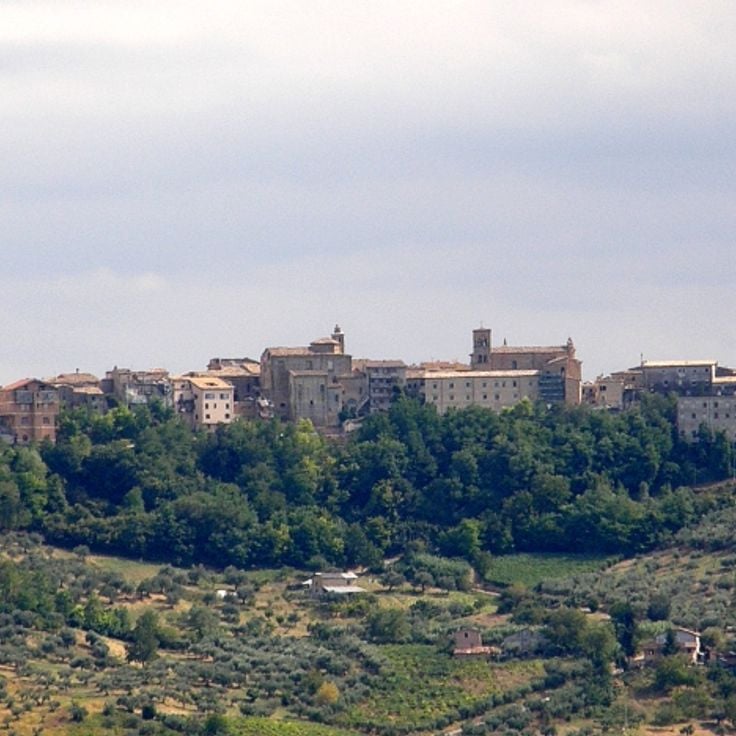
Bucchianico, Italy
The town holds La Carrese festival each May. Ox carts compete in races through the old streets during the celebration.

Guardiagrele, Italy
The town at 576 meters elevation contains metal workshops. Local craftsmen forge metal objects using traditional techniques.
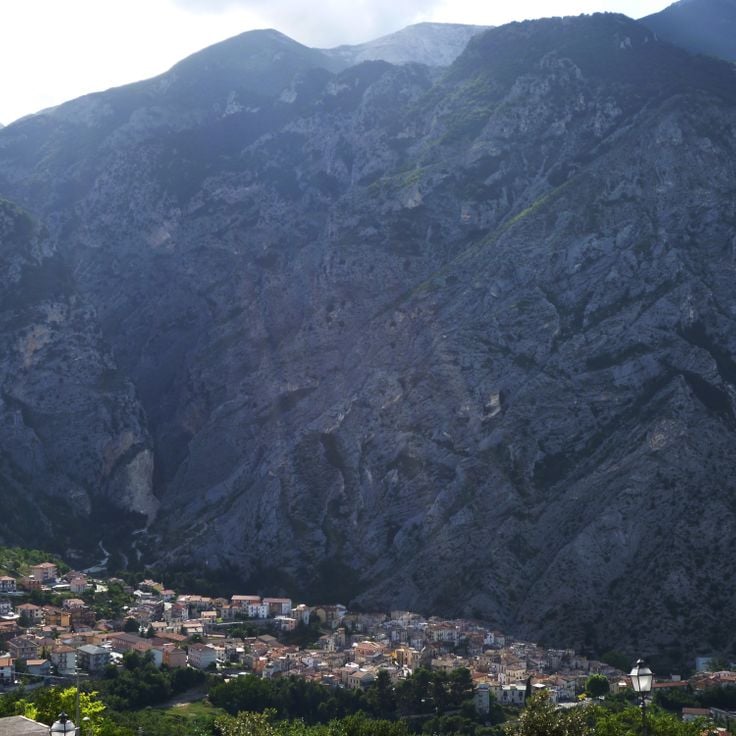
Fara San Martino, Italy
The town produces pasta since the 16th century. The factories process pasta using water from Majella mountains.

Casoli, Italy
The castle was built in the 9th century. The Italian poet Gabriele D'Annunzio lived temporarily in this complex.
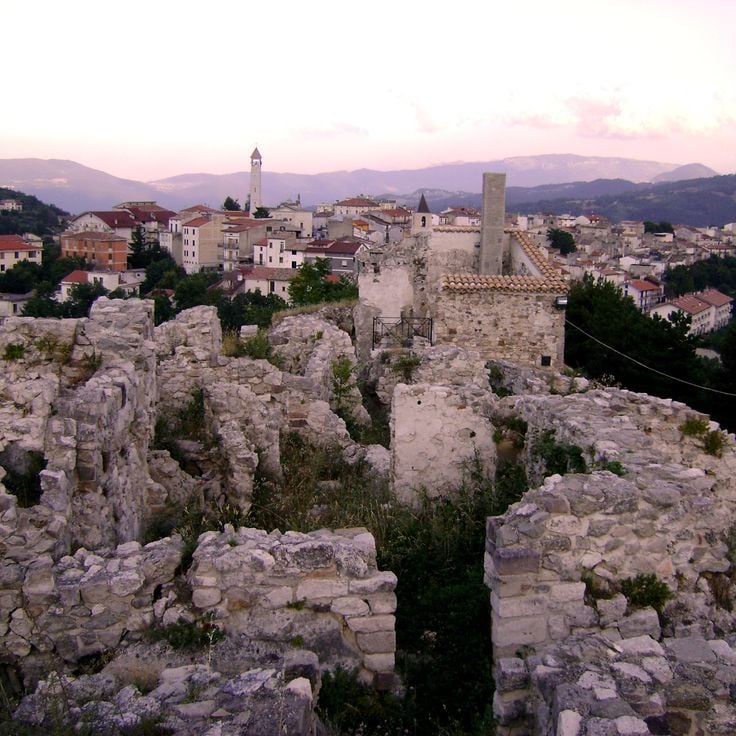
Gessopalena, Italy
The museum sits on a gypsum rock formation. The buildings were destroyed in World War II and remain as a historical site.

Montepagano, Italy
The city walls were built in the 15th century. The fortifications stand at 280 meters elevation with sight of the Adriatic Sea.
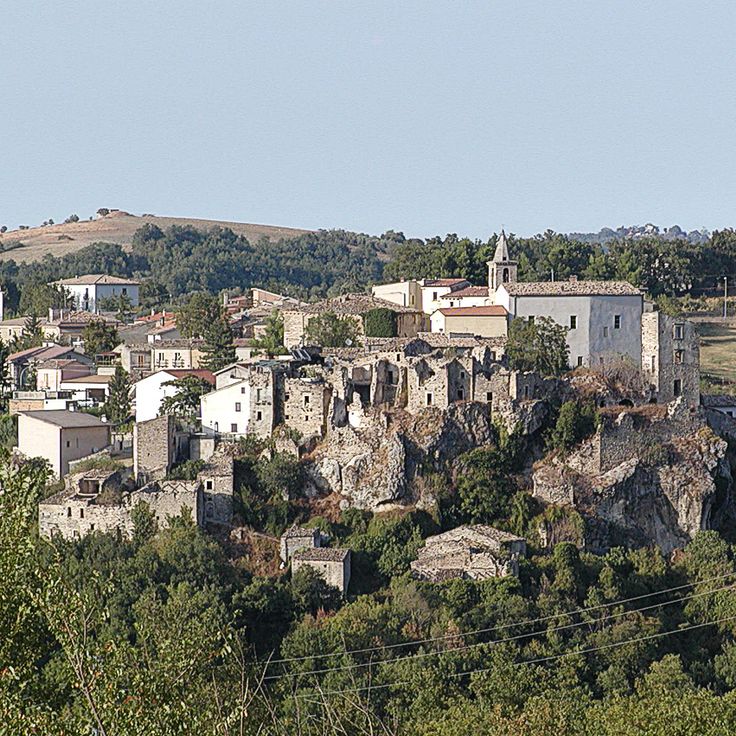
Bolognano, Italy
The valley consists of limestone and features several deep canyons. The river has carved numerous waterfalls into the rock.
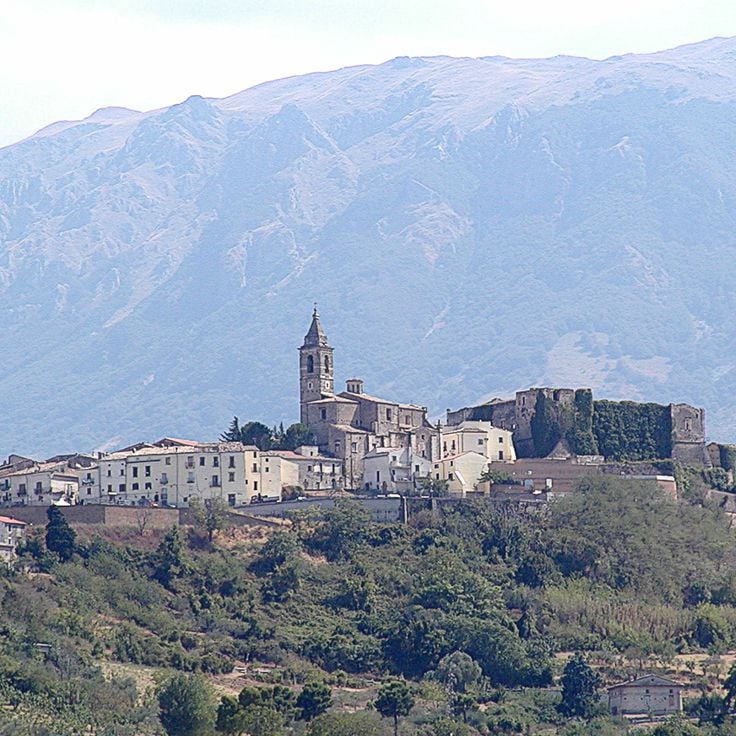
Abruzzo, Italy
Historical windmills stand on the town hills. The local presses produce olive oil following old procedures.
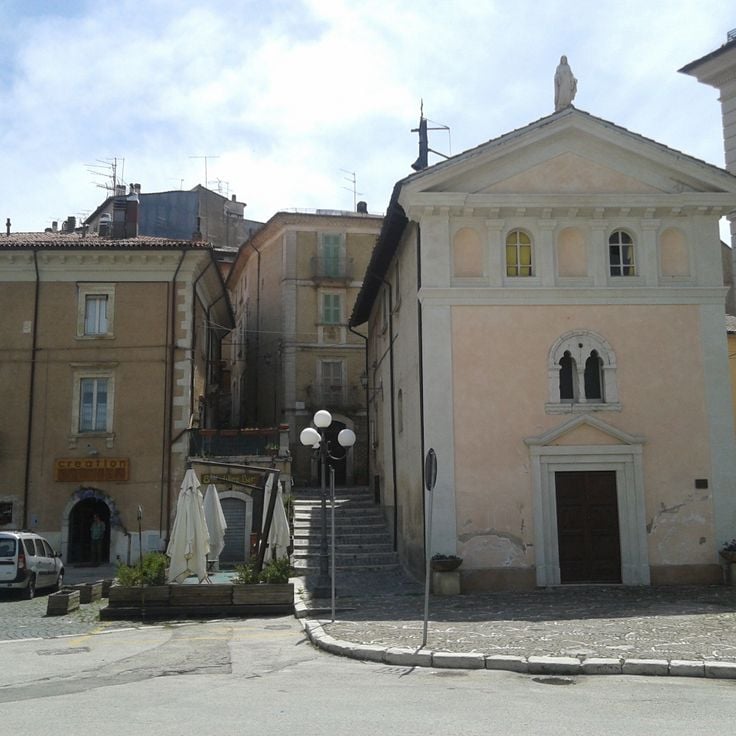
Abruzzo, Italy
Alpine meadows extend at 1300 meters altitude. The village hosts folk festivals in summer with local music and dance.
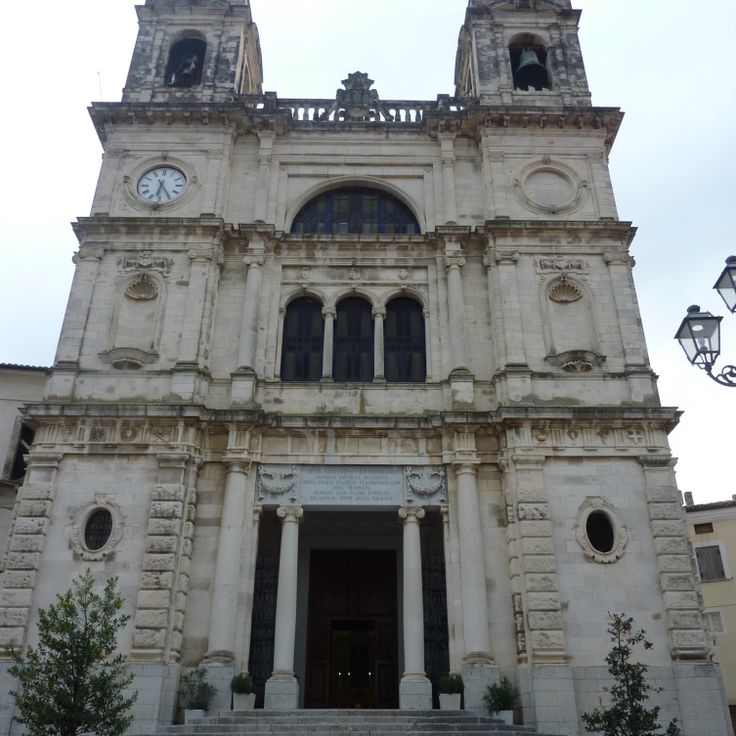
Abruzzo, Italy
Romanesque and Gothic churches from the 13th century mark the cityscape. The Orta River flows through a 200-meter deep gorge.







































